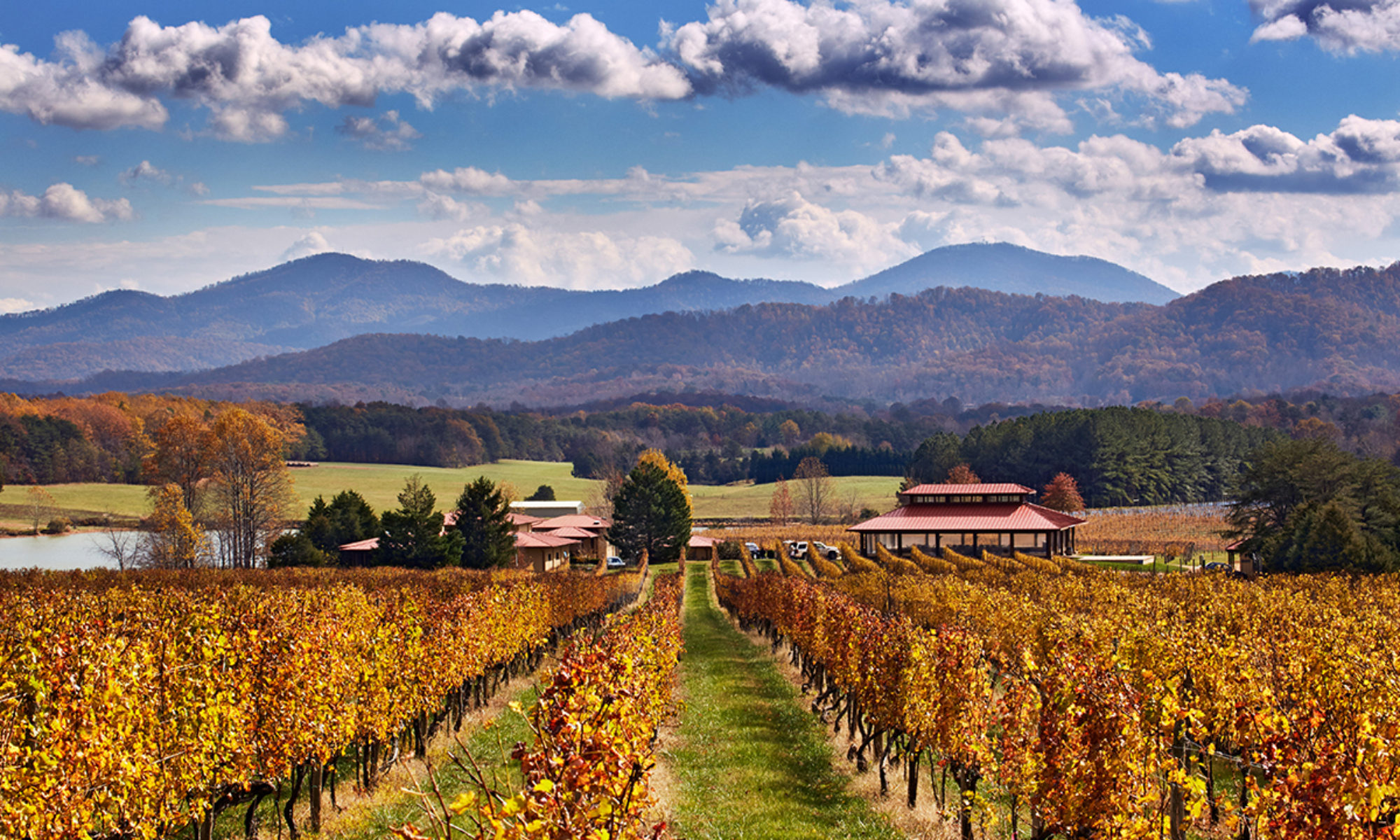The Wine Reserve at Waterford is located on Charles Town Pike (Route 9) in Waterford, Loudoun County. The Wine Reserve was opened in January 2017 by Jon and Cori Phillips, on a site formerly occupied by Loudoun Valley Vineyards. Their new vines are still maturing and the Wine Reserve is mostly serving wines from elsewhere in Virginia, along with their first batches. Loudoun County’s wine guru and mentor extraordinaire, Doug Fabbioli, is helping the Phillips get on their way.
Wine. Tier II. One needs a bit of a menu to decipher the Wine Reserve’s offerings. At the 2023 Virginia Governor’s Cup, the annual state-wide tasting competition, the Wine Reserve entered four bottles: three were awarded silver medals, their 2019 “First Harvest,” (a Petit Manseng) “Lost Somewhere” (a Petit Verdot) and “Traveling Show,” (a Cabernet Franc) while their 2020 “Home Sweet Home” (a blend of Petit Manseng and late harvest Vidal Blanc) received a bronze medal. At the 2022 Governor’s Cup, the Wine Reserve was awarded a gold medal for their 2019 “Steel Magnolia,” (a Chardonnay) and silver medals for their 2019 “Plot Twist” (a Viognier) and Traveling Show. Plenty of imagination on the wine naming here. Back in 2020, the Wine Reserve entered a “Tenacity” (Petit Verdot) and a “Smitten” (Petit Manseng) in the Best of Loudoun competition (both were awarded silver medals).
Setting. One star. Small and simple winery, refurbished from its previous life. Jon and Cori have been known to greet you with a glass of sparkling wine. There are beautiful views over the valley and out towards both the Blue Ridge and the Catoctin Range from the Tasting Room. A cheese box is available. Can be very crowded on summer weekends.
Stories. Preserving Virginia History: Waterford Village. The village of Waterford, home of the Wine Reserve, is located 45 miles northwest of Washington, D.C., in the foothills of the Blue Ridge. The entire village, with the farmland surrounding it, was designated a National Historic Landmark District, one of only three such landmarks in the entire United States. Though much less well known, its degree of preservation is matched in Virginia only by Mt Vernon and Williamsburg. Without the same degree of attention and tourism revenues as the latter two venues, preserving Waterford’s history and uniqueness has been and remains a challenge. Waterford was founded about 1733 by Amos Janney, a Pennsylvania Quaker. Other Quakers followed him there. Mills were built along Catoctin Creek, and the village grew until it was the second largest town in Loudoun County before the Civil War. Today Waterford keeps the character and many of the structures that characterized it during its heyday as a flour milling town in the 19th century: almost 2/3 of the village’s 97 homes were built before 1861, and only four in the last 100 years. Up through the 1960s, the maintenance of Waterford’s historical past was a result partly of luck (few businesses set up shop there) and geography (45 miles from the city made it too far out for the initial phases of farmland development and suburb expansion around Washington). Since then it has required a far more conscious effort. A Waterford Foundation was created, and through grants and persuasion helped obtain designation as a National Historic Landmark in 1970, as well as purchasing a handful of farms and buildings (notably the Schooley Mill Barn complex and pasture land and the Water Street Meadow) and helping protect hundreds more. Today there are more than 100 properties in Waterford protected by easements through a variety of conservation organizations, preserving the open spaces essential to the village’s character. Funding restorations and purchases has traditionally come from the proceeds of the annual “Homes Tour and Crafts Exhibit,” a three-day fair which is held within the village. In a major fundraising campaign in 2003, which one article called “a modern version of ‘It’s a Wonderful Life’,” Waterford managed to save the 144-acre Phillips farm from 1733, which a developer had bought, threatening Waterford’s National Historic Landmark status. The campaign raised $3.9 million to purchase and save the farm, through organizing children’s poster contests, a $200,000 grant from the Mellon Estate, a lemonade stand, having a Social Studies class in Wisconsin pool their lunch money to send a $57 contribution, and donations from New Zealand, Australia, and England. Impressive for a village with a population of just over 200. Part of the challenge is also that unlike Colonial Williamsburg or Mt Vernon, Waterford is not a museum; it is a living community filled with private residences, privately-owned land, working farms, and small, local businesses. Issues continue to arise, from cut-through commuter traffic, viability of local farms, and regional politics. Come to the annual Waterford Fair in October, and help preserve this piece of Virginia history!
